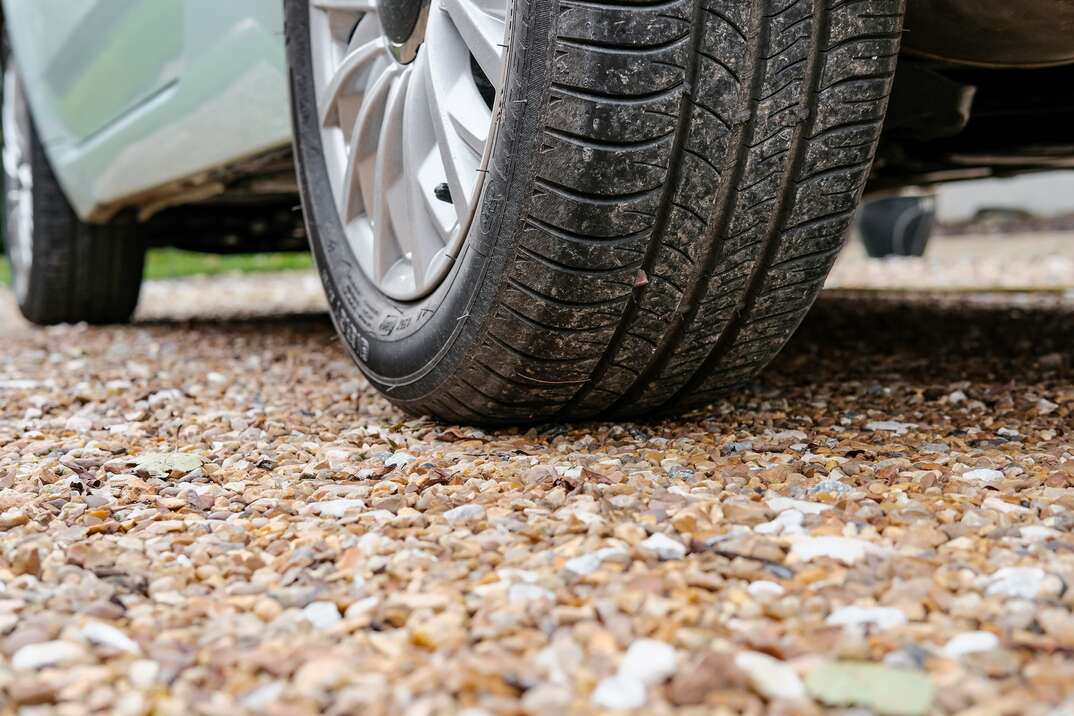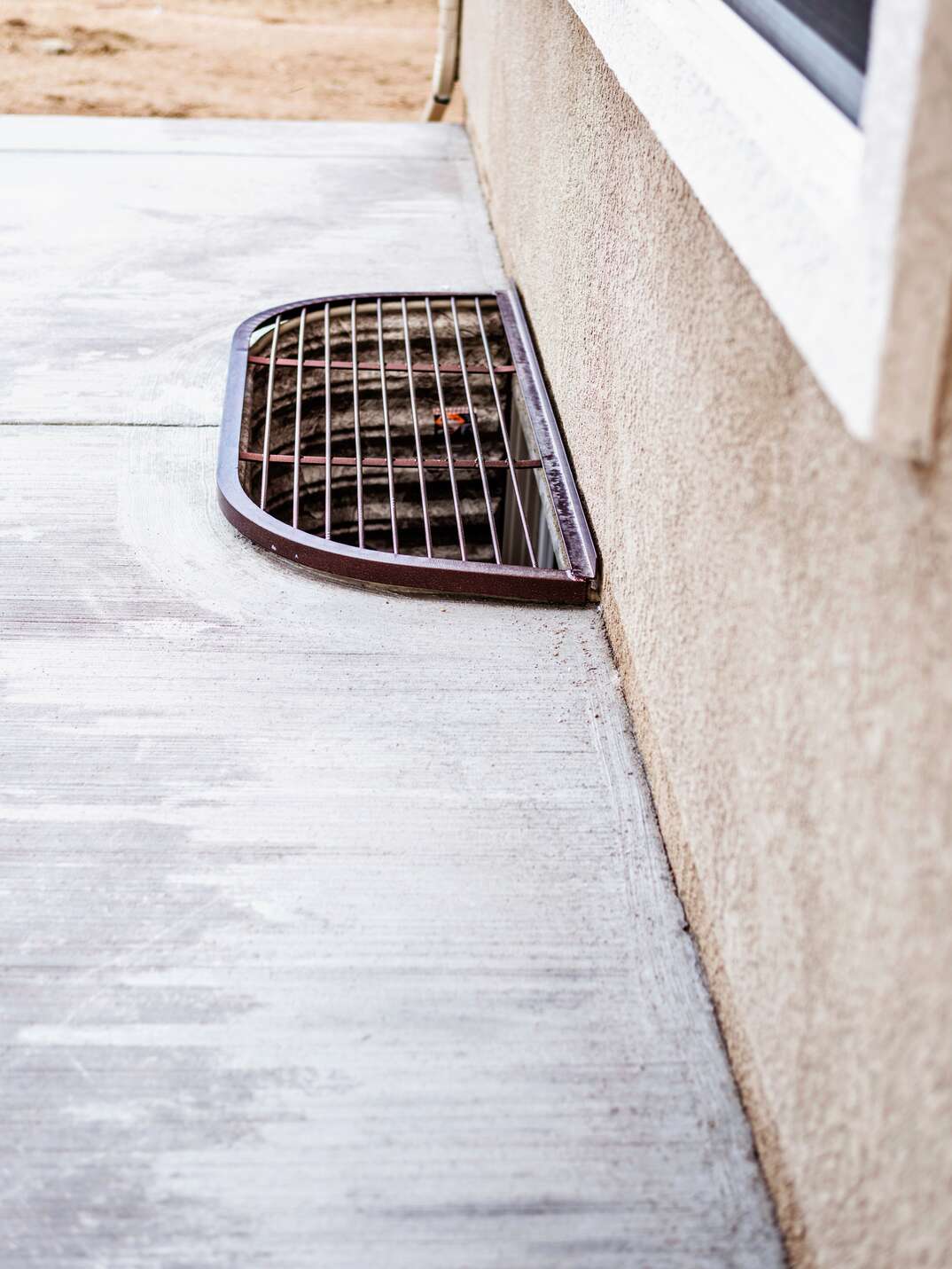Kick Asphalt Costs to the Curb: A Gravel Driveway Is Cheaper

Gravel Driveway Costs at a Glance
- Price range: $1,500-$6,000
- Price per square foot: $2-$5
- Gravel price per cubic yard: $40-$55
- Gravel price per ton: $50-$65
- Compare to concrete: $5-$7 per square foot
- Compare to asphalt: $2-$4 per square foot
Got a long driveway? Depending on your budget, the cost to surface it with asphalt or concrete might be prohibitively expensive. Loose gravel stone, on the other hand, is a much more affordable option.
This May Also Interest You: How Much Does a Heated Driveway Cost?
The total cost for a gravel driveway depends on the size of the area as well as the type of gravel used. Here’s what you need to know to get started.
What Are Gravel Driveways?
Gravel is any loose rock or stone that is larger than sand but smaller than cobble. The gravel most commonly used for driveways is a processed product, consisting of rocks, sand and clay. Gravel driveways are made up of three layers: large, baseball-size stones on the bottom, golf ball-size rocks in the middle and small, aesthetic stones on top.
Gravel driveways are most common in rural areas where driveways tend to be longer, and a cheaper material is needed to surface them.
How Much Does a Gravel Driveway Cost?
Gravel is one of the cheapest driveway materials. Typically, it’s sold either by the cubic yard (a measure of volume) or by the ton (a measure of weight). The average cubic yard of gravel costs between $40 and $55. Expect to pay $50 to $65 per ton. Purchasing by the ton is often cheaper on the whole because this is considered buying in bulk.
The average cost to put in a gravel driveway is between $1,500 and $6,000, or about $2 to $5 per square foot for materials and installation. The biggest factor that plays into how much money a new driveway will cost — other than size — is what material you plan on using.
Types of Gravel
Not every type of stone works for every driveway. Here are some of the most common types of gravel, how they’re used and how much they cost:
Rock Base
This refers to stones that are roughly the size of baseballs. Because the stones are larger, rock base is used as the first layer of the driveway, placed directly on top of the geotextile fabric. You can expect to pay around 65 cents per square foot.
Crushed Limestone
Crushed limestone costs about $2 per square foot. Because the pieces have jagged edges, they lock together as they settle and form a strong driveway surface.
Pea Gravel
Plain pea gravel and crushed clamshells are each priced at 60 cents per square foot, $40 per cubic yard or $50 per ton. Pea gravel provides the best drainage out of all the materials. It is most often used as a top layer.
Rock Pebbles
Rock pebbles — also called river rocks — are rounded and offer a more polished look. It's not the best material to put on the top layer of a driveway because the rounded pebbles tend to shift around under car tires. Rock pebbles cost $1.50 per square foot. If you buy in bulk, the average price is $108 per ton.
Crushed Stone
Depending on the size of the stones, crushed stone is typically used as a middle or top level of a driveway. Crushed stone is also customizable. You can choose the style, shape and color that best fits the aesthetic of your home. Expect to pay about $65 per ton.
Crusher Run
Crusher run (aka quarry process) is a mixture of crushed stone and dust. It’s also used as a top layer. Because the dust settles into the gaps between stones, it can become a smoother surface over time. Crusher run costs 40 cents per square foot.
More Related Articles:
- How Much Does Driveway Sealing Cost?
- How Much Does a Concrete Driveway Cost?
- How Much Does an Asphalt Driveway Cost?
- Is a Concrete or Asphalt Driveway Cheaper?
- Non-Salt Awesome Sauce Alternatives for De-Icing Your Driveway
Pros and Cons
Gravel driveways are budget-friendly, but they also come with a few drawbacks. Here are some factors to consider:
Pros
- Gravel driveways are cheap compared to other driveway materials. This makes gravel an ideal option for long driveways.
- The material is environmentally friendly.
- There are many different styles and colors of gravel, allowing for customizability.
- With regular upkeep, a gravel driveway can last up to 10 years.
- It’s one of the easiest driveway materials to install and can settle in as little as a week. It can be used immediately after installation.
Cons
- If you live in a colder environment, snow and ice removal can be difficult.
- On the low end, you’ll need to replace or add gravel to your driveway every three to five years.
- Ruts and sinkholes can form if the driveway experiences heavy traffic.
- Driving on a gravel driveway can kick up dust, making your car dirty.
How Much Gravel Do I Need?
Each of the three layers of a gravel driveway should be 4 to 6 inches thick. To calculate cubic feet, multiply this depth by the square footage of your driveway — which is length times width.
To calculate cubic yards, divide the total cubic feet by 27. One cubic yard of gravel is equal to 1.13 tons.
How Does Gravel Compare to Concrete or Asphalt?
Concrete and asphalt driveways come at a higher cost than gravel driveways. But is it worth it to pay a little more? Here’s what you should know about these alternatives:
Concrete
Concrete, while more expensive than gravel, has greater durability and longevity. However, concrete driveways need maintenance at least once per year to ensure this long life.
Asphalt
Asphalt is cheaper than concrete and other paver surfaces. Where other surfaces may suffer damage with regular use or extreme weather, asphalt tends to be resilient. With proper maintenance, you can get up to 35 years out of your asphalt driveway. That said, you’re stuck with black as the only color option. This can get hot in direct sunlight and cause the surrounding area to heat up, too.
Can I Install a Gravel Driveway Myself?
If you’re looking to save even more on your driveway, you can put it in yourself. One of the benefits of a gravel driveway is that it’s a feasible DIY project. You should consult a full how-to guide before installing a gravel drive on your own, but here are the steps in a nutshell:
1. Stake out the path of the driveway and clear grass and topsoil from the area.
2. Purchase gravel and schedule delivery.
3. Prepare the site by laying down geotextile fabric and levelling the ground along the path of the driveway.
4. Spread and compact the largest stones for your base layer.
5. Add a middle layer of driveway gravel with medium-size stones.
6. Spread and shape the surface layer with the smallest stones.
Since we’re all home now more than ever, being prepared for unexpected home repairs with a plan from HomeServe is important. Having a plan in place gives you the peace of mind knowing that you can simply call our 24/7 repair hotline for covered breakdowns. See what plans are available in your neighborhood.

.jpg)
